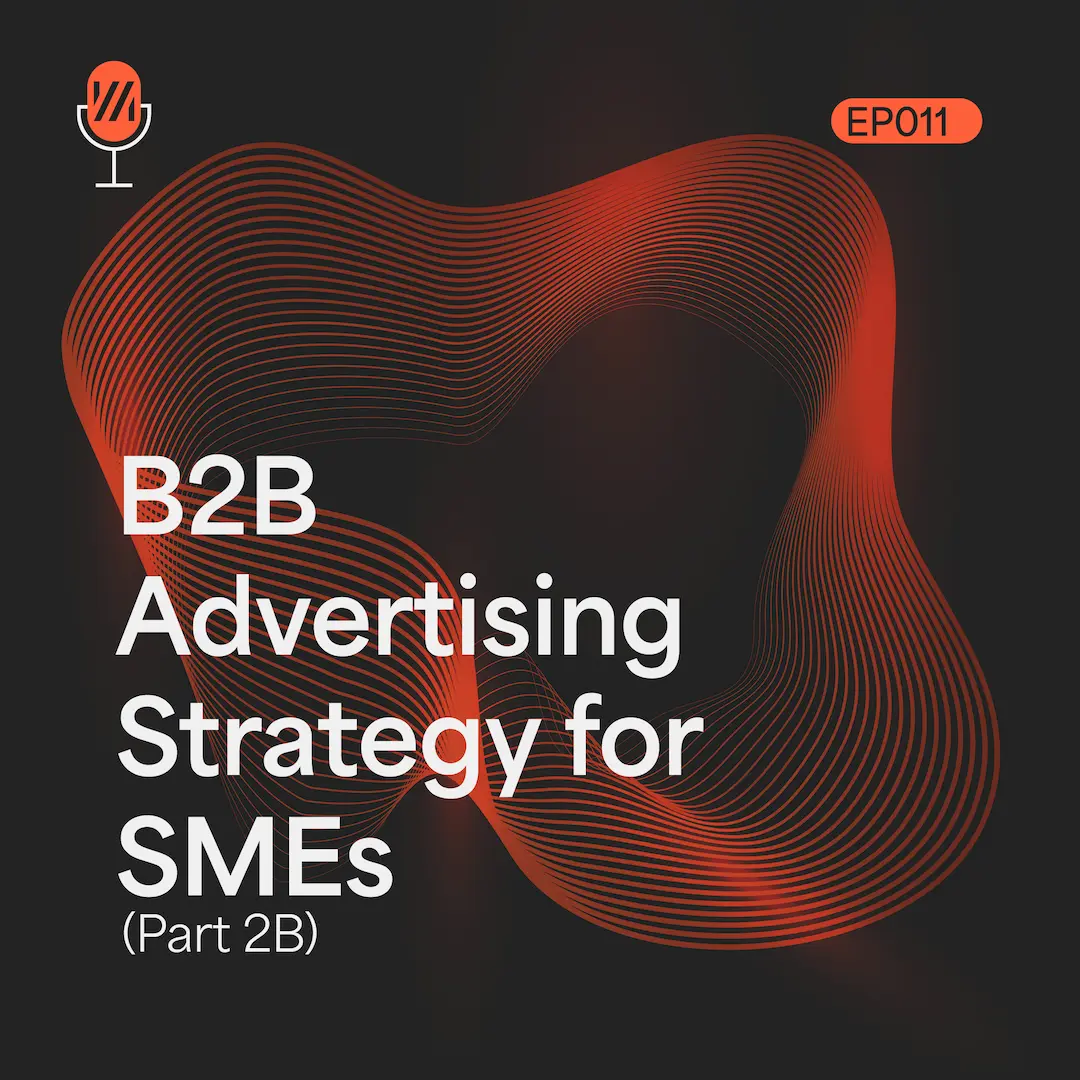Now I will be the first to admit I’m no Rachael Riley when it comes to maths and the similarities between mine and Rachael’s name is where it ends and I thank my lucky stars that tools such as Funnelytics and Google Analytics exist.
Brands spend an extortionate amount of money creating brand awareness with many believing that awareness and front of mind recall equates to market share. Whilst this may be true for brands with low-involvement products it is not mirrored in industries where their products may take a little more thought from the consumer.
So if you’re like me and love a bit of designer clobber every now and then, or also in my case when some rather expensive tack for my noble steads needs replacing, then I weigh up my options. It’s here where most organisations start to nurture us through their sales funnels, and the measurement of key metrics begins.
Five A’s
Connectivity in the new world prompted AIDA to have a radical shake up. No longer were consumers reliant upon their own attitude and feelings towards a brand which was usually generated by the organisation’s touch points such as their television adverts or their sales person.
The new connected consumer now has the availability to be socially influenced by the wider community and have more means to research the products they are interested in.
The new connected consumer path, although illustrated as starting with ‘aware’ and then moving through the process to advocacy, it is not unusual that a consumer will skip a stage completely.
Aware: This is where consumers are recalling past experiences of the brand
Appeal: This is where the consumer becomes interested in the brand and compares it to other similar brands.
Ask: This is where they are actively researching and gathering information about the brand from others, and compare features and prices.
Act: This is where the purchase is made or the product / service is first used.
Advocacy: This is where the customer becomes loyal and continues to use and purchase the brand and furthermore, recommends it to others.
Free Google Ads Audit
TRANSFORM YOUR AD PERFORMANCE TODAY!
3 tailored high-impact recommendations. No obligation. Free of charge.
Measurement of the Five As
There are numerous metrics which can measure the performance between the various stages of the five As from impressions, conversions, bounce rates, to ROI, the list goes on. However, the fundamental flaw of these metrics is that they measure an outcome rather than an ongoing process.
PAR and BAR
Purchase action ratio (PAR) and Brand advocacy ratio (BAR) are important metrics to consider when looking at processes involved within the five As.
Essentially PAR measures how well organisations convert brand awareness into brand purchase and BAR measures how well the organisation has converted brand awareness into brand advocacy. So we are looking at the number of customers who are aware of the brand, who then go on to act, and from there who then go on to become an advocate.
PAR is generally worked out by dividing the number of customers who purchased your brand by the number of customers within your share of the market who are aware of your brand.
BAR is then worked out by dividing the number of advocates by the number of customers within your share of the market who are aware of your brand
So, if there are 100 consumers in the market and 90 of those can recall your brand but only 18 of that 90 purchase your brand and only 9 of those recommend your product to a friend then. The PAR would be 18/90 (0.2) and the BAR would be 9/90 (0.1).
When looking at the figures like this it looks like the brand is performing extremely well with a brand awareness ratio of 0.9. However, there is clearly a large drop off from those who know the brand to those who purchase and a further drop off again from those who purchase to those who recommend.
By measuring these two metrics it allows you to intervene when needed and provides further insights on the financial health of your marketing efforts.




